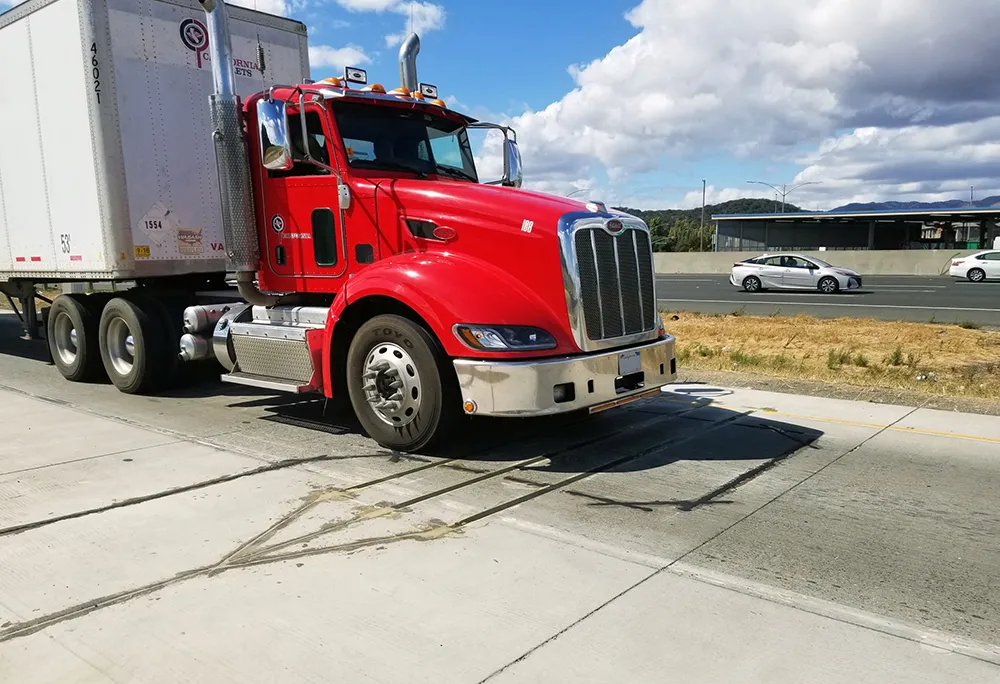According to a new market research report by MarketsandMarkets, the electronic toll collection market is estimated to be valued at USD 10.57 Billion by 2022, growing at a CAGR of 9.16% between 2017 and 2022.
This is primarily due to increasing demand for effective solutions for traffic congestion and increasing allocation of funds by various governments on intelligent transportation systems.
Automated vehicle identification (AVI) is used for the identification of vehicles when they move through a part
April 13, 2017
Read time: 2 mins
According to a new market research report by 6418 MarketsandMarkets, the electronic toll collection market is estimated to be valued at USD 10.57 Billion by 2022, growing at a CAGR of 9.16% between 2017 and 2022.
This is primarily due to increasing demand for effective solutions for traffic congestion and increasing allocation of funds by various governments on intelligent transportation systems.
Automated vehicle identification (AVI) is used for the identification of vehicles when they move through a particular monitoring point. It helps determine the identification or ownership of the vehicle so that the toll will be charged to the corresponding customer. It finds applications in toll collection, vehicle management, traffic management and safety and law enforcement. Most widely used AVI systems use RFID and plate recognition technologies.
The electronic toll collection market for video analytics technology is expected to grow at the highest CAGR between 2017 and 2022. This is primarily due to increasing toll violations, which raise the need for improved toll management solutions. Video analytics technology helps identify and record violations and uses special cameras to take photographs of the violating vehicle's licence plate.
North America is expected to hold the largest share of the electronic toll collection market by 2022. The usage of four-wheelers and heavy vehicles is high in North America, which is the main reason for the requirement of an effective transportation system in the North American countries.
This is primarily due to increasing demand for effective solutions for traffic congestion and increasing allocation of funds by various governments on intelligent transportation systems.
Automated vehicle identification (AVI) is used for the identification of vehicles when they move through a particular monitoring point. It helps determine the identification or ownership of the vehicle so that the toll will be charged to the corresponding customer. It finds applications in toll collection, vehicle management, traffic management and safety and law enforcement. Most widely used AVI systems use RFID and plate recognition technologies.
The electronic toll collection market for video analytics technology is expected to grow at the highest CAGR between 2017 and 2022. This is primarily due to increasing toll violations, which raise the need for improved toll management solutions. Video analytics technology helps identify and record violations and uses special cameras to take photographs of the violating vehicle's licence plate.
North America is expected to hold the largest share of the electronic toll collection market by 2022. The usage of four-wheelers and heavy vehicles is high in North America, which is the main reason for the requirement of an effective transportation system in the North American countries.










